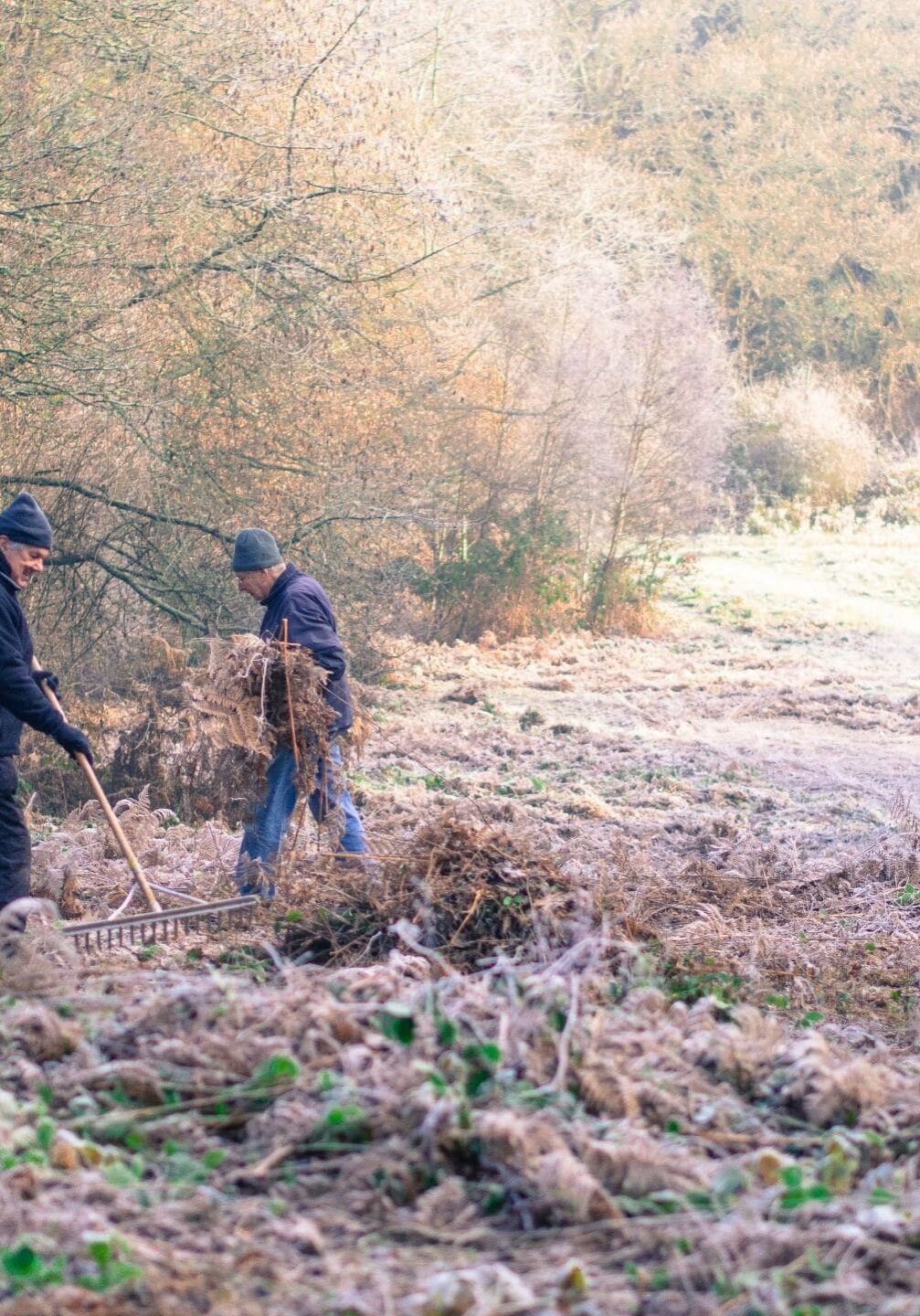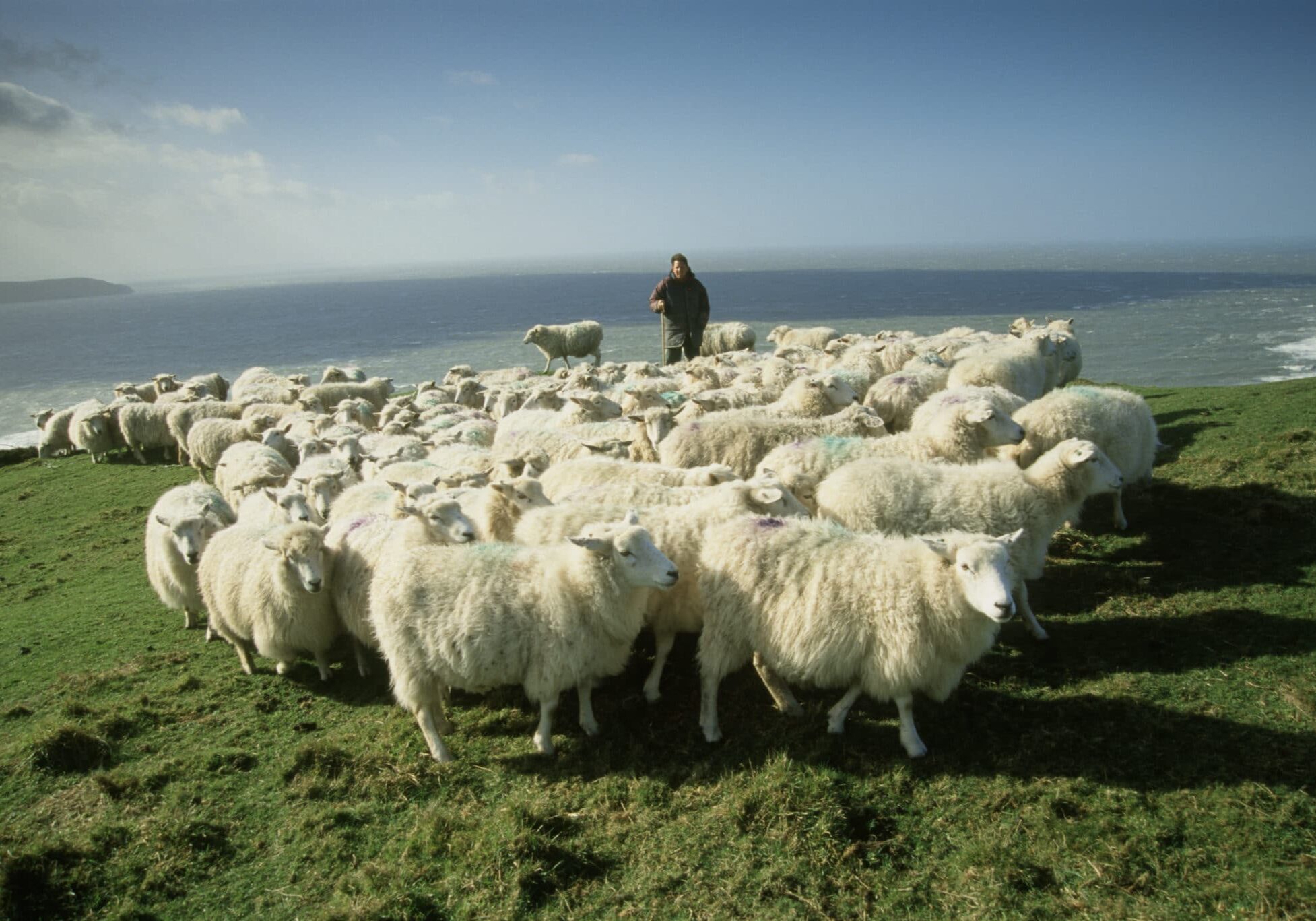Well into the new millennium, commons management, the third element of the Royal Commission’s recommendations, had still not been addressed.
English Nature, successor to the Nature Conservancy Council, had a target set by the government to ensure that 95 per cent of all sites of special scientific interest (SSSIs) were in favourable or improving condition by 2010—and it wasn’t making much progress. Since more than half of land designated as SSSI in England is common, it made sense to sort out the management of commons in order to achieve English Nature’s target. There needed to be a system to enable commons to benefit from European agri-environment money.
This was the driving force behind the Commons Act 2006, which provides for commons councils to be established to manage their commons and receive agri-environment money. It also allows for the updating and correction of common-land registers, and a new, improved process for approving works on commons. The society was pleased that the act allowed the public to take enforcement action against unlawful works, but disappointed that, despite its efforts, local authorities were not given a legal duty to take action (as they have on public rights of way).
At the start of the millennium, the society was becoming increasingly concerned about the enclosure of commons for alleged nature conservation reasons. English Nature, the Countryside Council for Wales and Wildlife Trusts wanted to graze commons, particularly those where no rights were exercised, to improve biodiversity. However, they did not consult properly and there were some fiery public inquiries with feelings running high.


In 2003 the society met the chairman and director of English Nature, and from this encounter came the idea of developing a protocol for consultation and involvement when managing commons. This was produced by the society, English Nature, the Countryside Agency, the Department for Environment, Food and Rural Affairs (Defra) and the National Trust. Called A Common Purpose, it was subsequently adopted by Defra as official guidance. Anyone applying for consent for works on a common was expected to have followed the process set out in A Common Purpose before submitting the application. The society then developed the thinking by producing Finding Common Ground, which advises land managers on how to gauge and embrace the public interest in commons.
The National Trust sought the society’s involvement as it developed its own protocols for staff on its commons, for there had been controversy in the past. In recent years there is much better understanding of the need to involve all parties in plans for commons because commons cover so many interests.
A problem is the many small, scattered commons in lowland areas where common rights have been abandoned and the commons are disappearing under scrub. No one wants to graze them because the unfenced roads across them have become rat-runs. The society advocates a speed limit of 20mph on unfenced roads across commons and the reintroduction of shepherding. It considers that fencing, reminiscent of the inclosure movement and symbolic of oppression, must be a last resort
